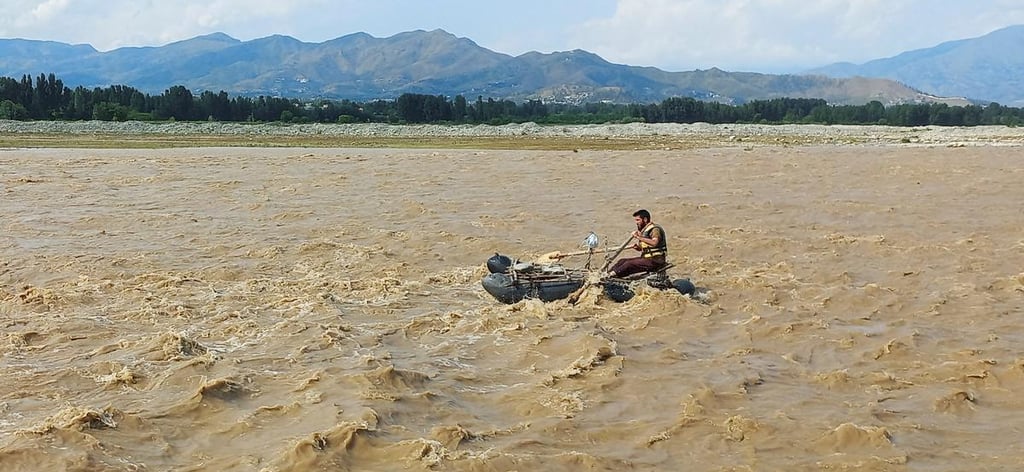Flash Flood Alert in Pakistan-PMD Issues Monsoon Warning for 28-31 July 2025
The PMD has issued a flash flood and monsoon alert for Pakistan from July 28 to 31, 2025. Learn which areas are affected, what the forecast says, and how to stay safe.
By Raja Awais Ali
7/28/20251 min read


Flash Flood Alert: PMD Warns of Severe Monsoon Spell Across Pakistan
The Pakistan Meteorological Department (PMD) has issued a high-level alert for flash floods and heavy rainfall across several regions of Pakistan from July 28 to July 31, 2025. This impact-based warning is active for Gilgit-Baltistan, Khyber Pakhtunkhwa, Azad Jammu & Kashmir, northern Balochistan, and parts of Punjab.
According to PMD officials, a powerful monsoon system combined with glacier melt and glacial lake outbursts could lead to dangerous flooding in streams, hill torrents, and urban centers.
Key Highlights from PMD’s Forecast
PMD Deputy Director Anjum Zaigham stated:
> “Starting today, northern Pakistan will experience consistent rainfall through the end of July. Flash floods, landslides, and glacier-related flooding are likely. Residents in vulnerable areas must remain alert.”
The PMD has issued specific warnings for:
Flash Floods in hill torrents and mountain streams in KP, GB, and AJK
Urban Flooding in Islamabad, Rawalpindi, Lahore, Gujranwala, and Sialkot
Landslides in Murree, Galiyat, and Chitral
GLOF (Glacial Lake Outburst Flood) risk in high-altitude zones of KP and GB
Public Safety Guidelines
The National Disaster Management Authority (NDMA) has placed emergency response units on alert and advises the public to:
Avoid travel to mountainous and flood-prone regions
Stay away from rivers, streams, and flooded roads
Keep emergency supplies ready and mobile devices charged
Follow alerts from PMD, NDMA, and local authorities
Tourists in Skardu, Chitral, and Neelum Valley should relocate to safe zones
Conclusion
This flash flood alert follows a devastating monsoon season that has already claimed over 270 lives across Pakistan. With extreme weather events becoming more frequent, early precautions and community preparedness are crucial.